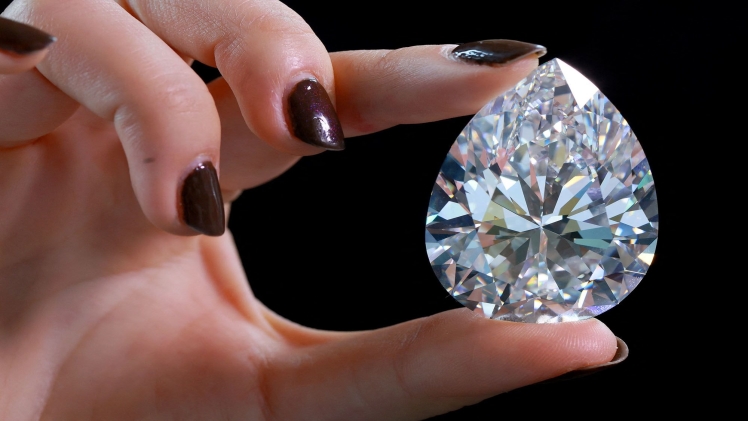Rotary diamond drilling is a common technique used to create holes in a variety of materials, including rock, concrete, and steel. The process involves using a rotating drill bit that is impregnated with diamonds. As the drill bit rotates, the diamonds cut through the material, creating a hole.
Laboratory investigations on rotary diamond drilling have been conducted to improve the efficiency and effectiveness of the process. One area of focus has been on the development of new drill bit designs. Researchers have found that drill bits with sharper diamonds and a more efficient cutting geometry can create holes more quickly and with less waste.
Another area of focus has been on the development of new drilling fluids. Drilling fluids are used to cool and lubricate the drill bit and to remove the cuttings from the hole. Researchers have found that drilling fluids with certain properties, such as high viscosity and low water content, can improve the performance of rotary diamond drilling.
Laboratory investigations have also been conducted on the effects of rotary diamond drilling on the materials being drilled. Researchers have found that rotary diamond drilling can cause some materials to become brittle and to crack. This can be a problem if the holes are being drilled in materials that are under stress.
In recent years, laboratory investigations on rotary diamond drilling have also focused on the use of lab-grown diamonds. Lab diamond engagement rings are created in a laboratory, under controlled conditions. They are chemically, physically, and optically identical to mined diamonds, but they are grown much faster and more efficiently.
The use of lab-grown diamonds in rotary diamond drilling has several advantages. First, lab-grown diamonds are more affordable than mined diamonds. Second, lab-grown diamonds are not associated with the ethical and environmental concerns that are sometimes raised about mined diamonds. Third, lab-grown diamonds can be customized to meet specific requirements.
For example, lab-grown diamonds can be grown with specific colors and clarity characteristics. This makes them ideal for use in lab diamond engagement rings.
As laboratory investigations on rotary diamond drilling continue, it is likely that the process will become even more efficient and effective. This will lead to new applications for rotary diamond drilling, such as the use of lab-grown diamonds in engagement rings.
Here are some additional facts about rotary diamond drilling:
Rotary diamond drilling is a versatile process that can be used to create holes in a variety of materials.
Laboratory investigations on rotary diamond drilling have helped to improve the efficiency and effectiveness of the process.
Lab-grown diamonds are increasingly being used in rotary diamond drilling, such as for the creation of lab diamond engagement rings.
If you are interested in learning more about rotary diamond drilling, I recommend visiting the websites of some of the leading manufacturers of rotary diamond drilling equipment, such as Sandvik and Atlas Copco.

